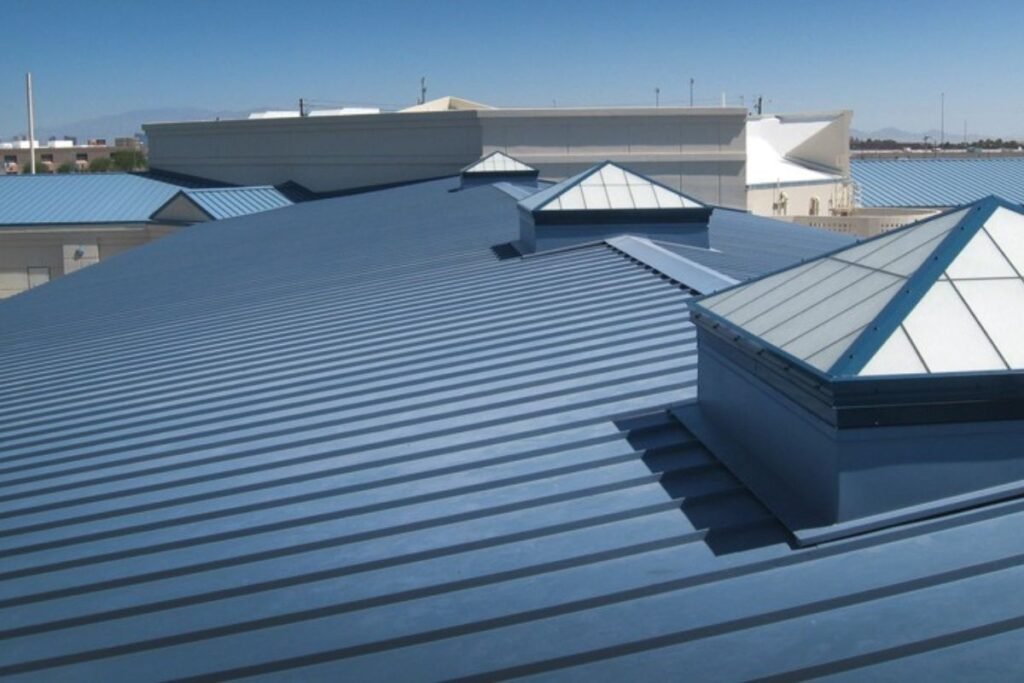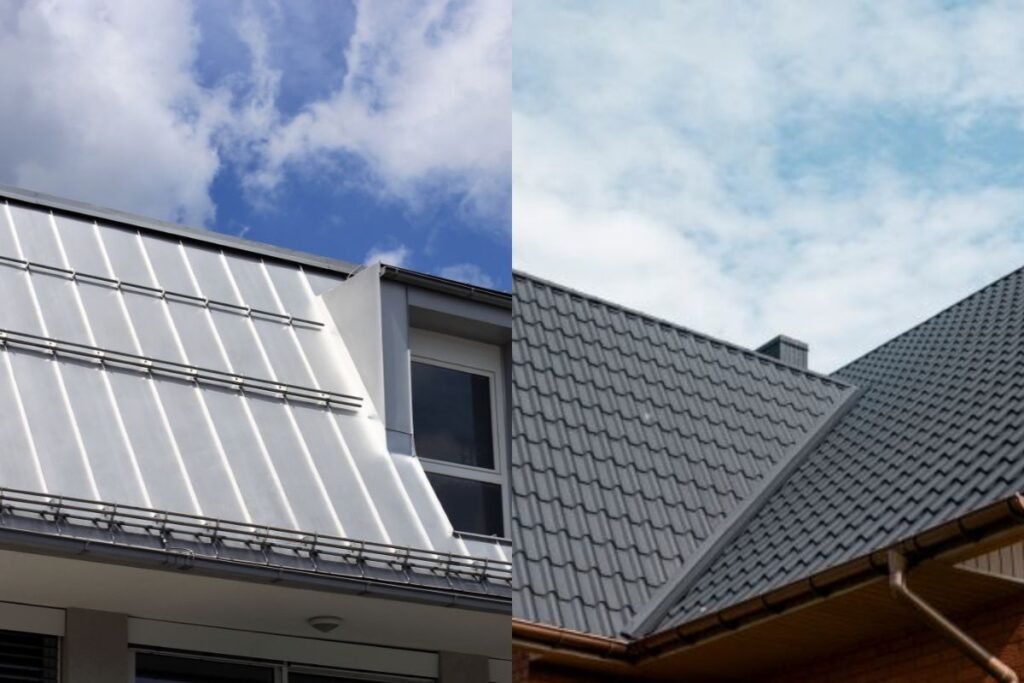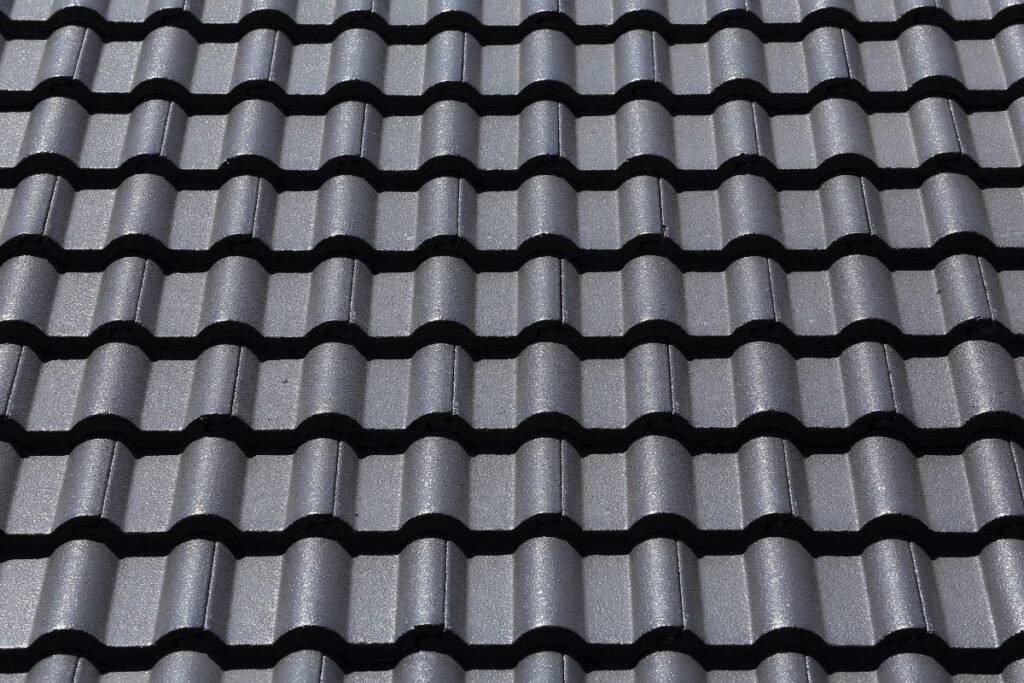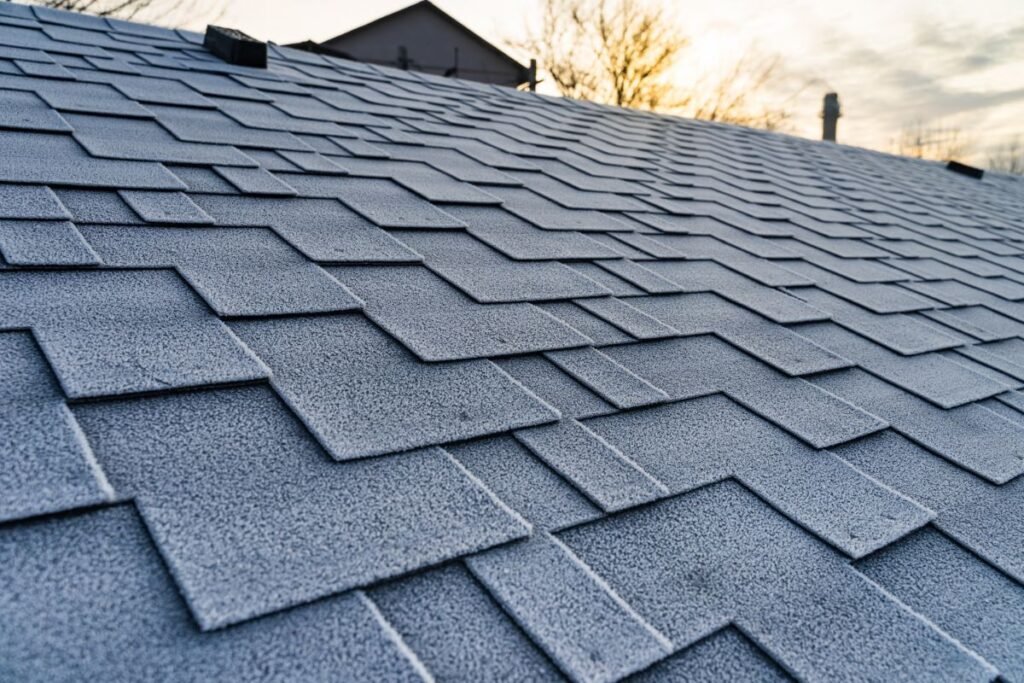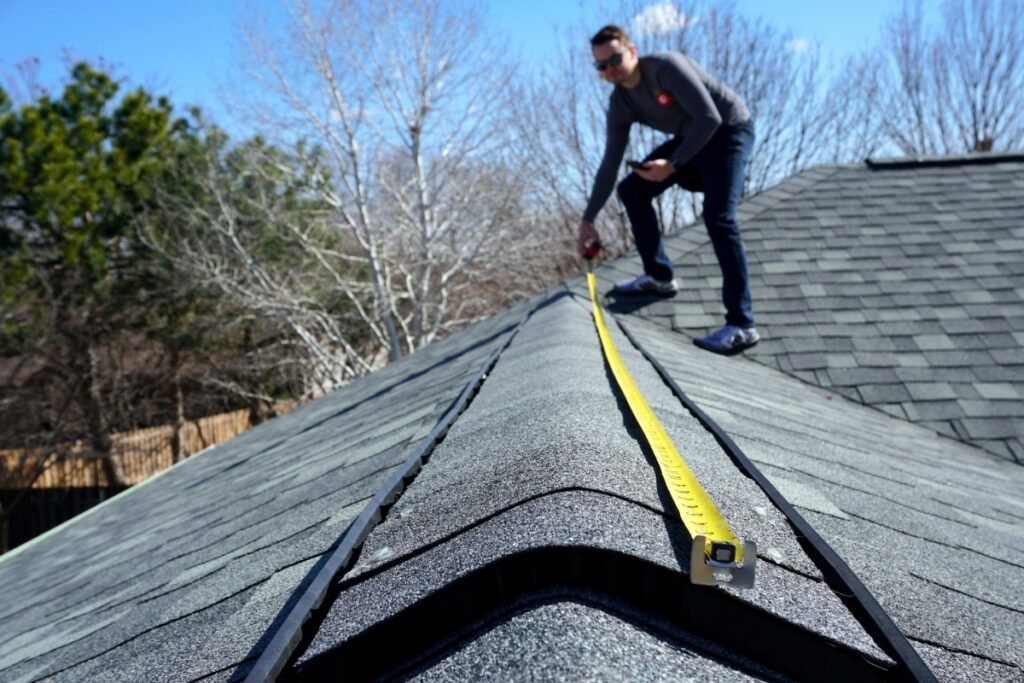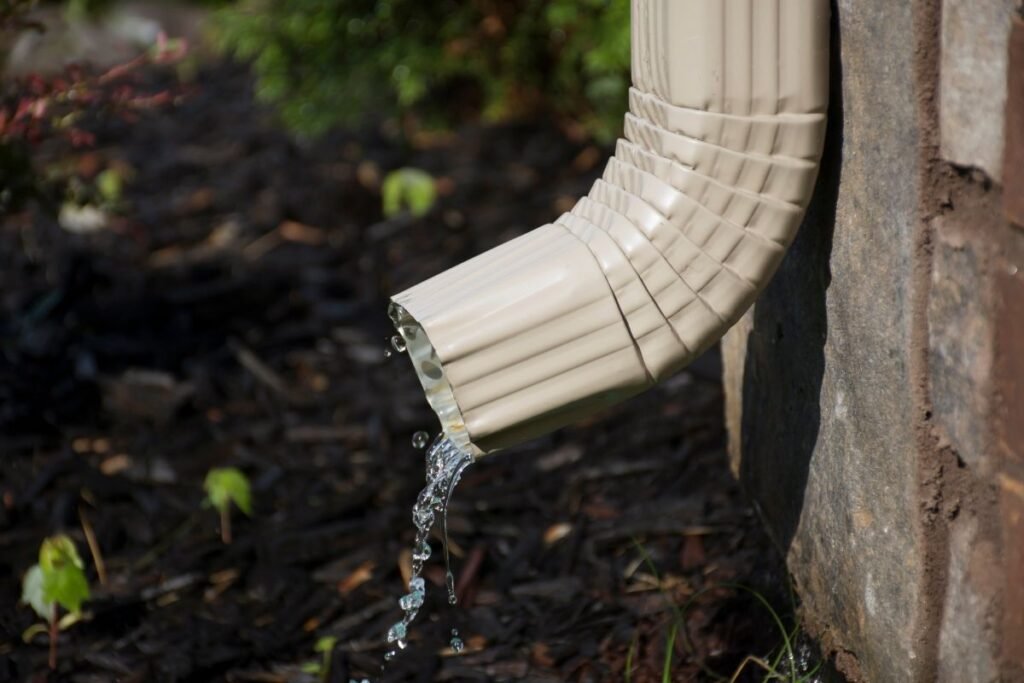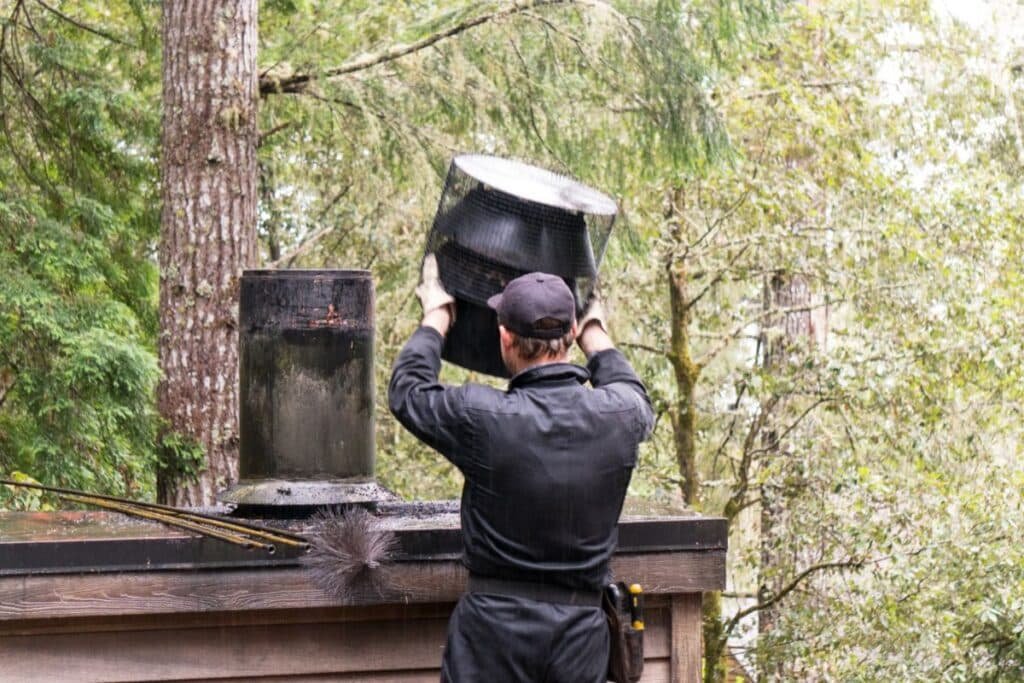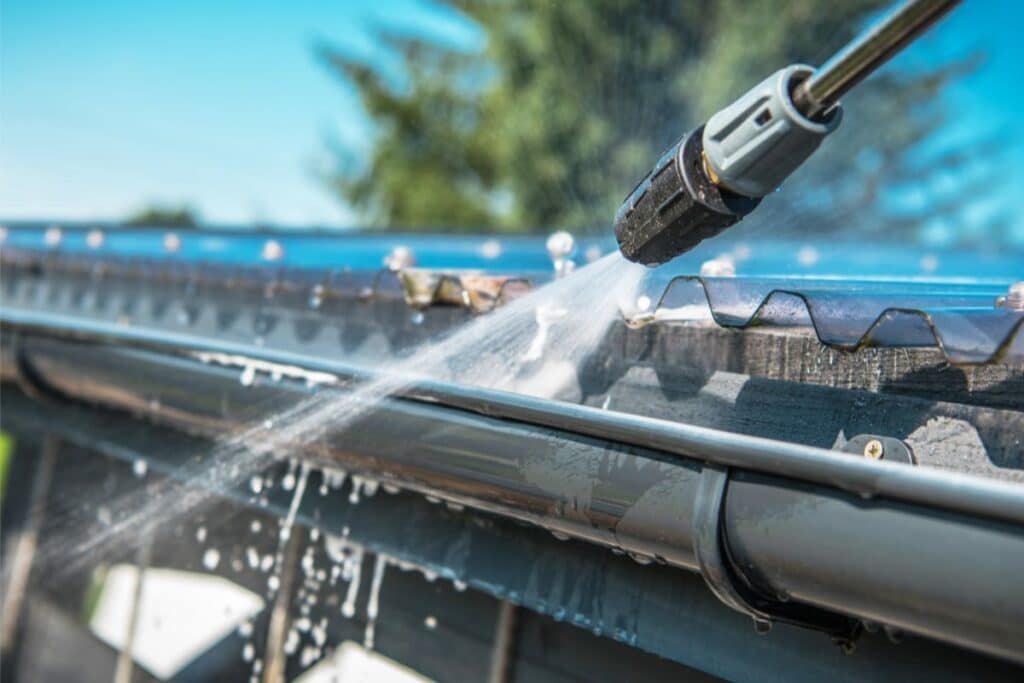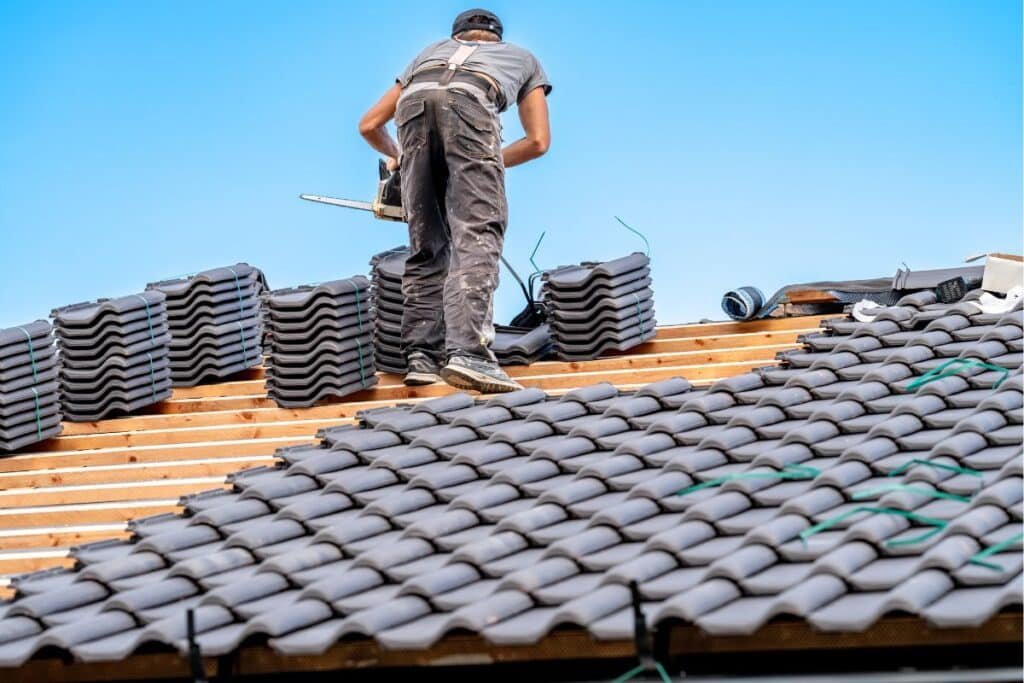A commercial roofing system protects large buildings like offices, warehouses and retail stores. These roofs cover large areas and support equipment like HVAC units or solar panels. They are flat or low-sloped, which helps prevent water pooling. Common types include TPO, PVC, EPDM, modified bitumen, metal roofing, and asphalt shingles.
The right roof depends on budget, climate and maintenance needs. Solar-integrated roofs, green roofs and reflective coatings are popular trends for energy savings. In this blog post, you will learn the complete guide to commercial roofing systems. Regular inspections and clean drainage systems help these roofs last longer and perform better.
What is a Commercial Roofing System?
A commercial roofing system is designed to protect large-scale buildings, such as office complexes, warehouses and retail centres. These roofs must cover extensive areas and endure exposure to weather, foot traffic, and heavy equipment like HVAC units or solar panels.
Compared to residential roofs, commercial roofs are usually flat or low-sloped, making it essential to use materials that prevent water pooling and resist wear over time. The right system helps reduce energy costs, extend the building’s lifespan, and minimize maintenance expenses.
Industrial Roof Fixtures Explained
Commercial roofs must support important industrial fixtures like vents, skylights, drainage systems, HVAC units and solar panels. To prevent leaks, it’s essential to plan carefully and seal these elements properly. Good insulation also helps maintain energy efficiency. Using suitable materials ensures these fixtures stay secure without weakening the roof’s strength or durability.
Every component needs to align perfectly with the commercial roofing system it’s designed for. For example, TPO and PVC membranes can bend easily to fit around openings, creating tight seals. Metal roofs, however, need extra flashing to make sure everything stays waterproof.
Types of Commercial Roofing Systems
Selecting the right roofing system depends on factors like climate, budget, lifespan and maintenance needs. Below is a breakdown of the most common types, along with their costs, which will help you to choose the right one for your needs.

Single-Ply Roofing (TPO, PVC & EPDM Roofing)
Single-ply membranes are among the most popular roofing options for commercial flat roofs because they are lightweight, flexible and easy to install. These membranes come in large sheets, which is why they need fewer seams, which reduces the chances of water infiltration. Here’s a detailed breakdown of each type:
TPO (Thermoplastic Polyolefin):
TPO which is known for its energy efficiency. Its reflective surface reflects UV rays. It helps keep indoor temperatures more relaxed and can cut cooling costs by 20-30%. TPO membranes keep dirt, algae and bacteria from building up. This makes them ideal for retail centers and warehouses in hot climates.
- Durability Insight: TPO membranes hold up well against tears, but busy areas might need walkway pads for extra safety.
- Use Case: It is commonly installed in big-box stores, office buildings and warehouses, aiming to reduce energy costs.
PVC (Polyvinyl Chloride):
PVC is a highly durable material that remains flexible even in challenging conditions. Its strong resistance to chemicals makes it perfect for environments where exposure to harsh substances is common. It is ideal for factories, food processing plants and restaurants where grease or chemicals may come into contact with the roof. PVC membranes are available in reflective colors and offer additional energy savings in sunny regions.
- Practical Challenge: PVC membranes can weaken and crack in freezing temperatures without proper care. Reducing their durability and performance.
- Use Case: It’s great for kitchens and factories because they need roofs that can handle chemicals.
EPDM (Ethylene Propylene Diene Monomer):
EPDM is also known as r “rubber roofing. It performs well in cold climates, retaining heat and preventing thermal shock. Its flexibility makes it a good choice for places with significant temperature changes. EPDM membranes are often black, but they can also be coated with reflective coatings to improve energy efficiency.
- Use Case: Preferred for medical facilities and schools where temperature control and reliability are essential.
- Maintenance Tip: You need to apply roof coatings every 5–10 years to maintain its elasticity and UV protection.
- Installation Insight: Seams on single-ply roofs need to be welded or appropriately glued to stop leaks. If not sealed right, then it can leak. These leaks can shorten the life of the roof. It’s best to hire skilled roofing contractors to make sure the seams stay tight and waterproof.
- Cost: Installation typically ranges from $6 to $10 per square foot, with PVC costing more due to its enhanced chemical resistance.
Modified Bitumen Roofing (Rubber Roofing)
Modified bitumen roofing combines traditional asphalt with rubber polymers to increase durability and flexibility. It is commonly installed on low-slope or flat roofs, where it provides excellent waterproofing and resistance to heavy foot traffic.
- Practical Use: It is ideal for restaurants or hospitals that require frequent roof access for maintenance.
- Installation Insight: Consider cold-applied adhesives to reduce installation risks since hot welding can be dangerous.
- Cost: Typically $5 to $8 per square foot, depending on labor and material layers.
Built-Up Roof (BUR or Hot Tar Roofing)
A Built-Up Roof (BUR) is made by layering asphalt, tar, and fiberglass. It helps to create a solid and long-lasting roof that can handle harsh weather and heavy use. These roofs are known for their thick, waterproof membranes that can withstand extreme weather.
- Installation Complexity: Installing BUR roofs takes a lot of effort because each layer needs hot tar to be carefully applied between them.
- Maintenance Insight: To ensure long-lasting performance, you can apply a new gravel top layer every 5–7 years to protect against UV degradation.
- Use Case: BUR systems are ideal for industrial plants and warehouses in regions with high rainfall or snow loads.
- Cost: Prices range between $10 and $15 per square foot, depending on labor and the number of layers applied.
Metal Roofing (Standing Seam & Screw-Down Panels)
Metal roofing offers exceptional durability. Usually, it lasts 50+ years with minimal maintenance. It is widely used for industrial facilities and retail centers due to its strength and aesthetic appeal.
Standing Seam Panels
These panels feature hidden fasteners. It reduces the risk of water leaks and improves the roof’s appearance.
Screw-Down Panels
A more budget-friendly option, but fasteners must be checked every few years due to thermal expansion.
- Use Case: Metal roofing is an excellent option for factories and distribution centers, where fire resistance and wind durability are critical.
- Maintenance Tip: Apply a reflective coating to improve energy efficiency and protect the metal from corrosion.
- Cost: Installation costs typically range from $8 to $12 per square foot, with standing seam panels requiring more precise labo.
Asphalt Shingles (Upgraded Shingles)
Although asphalt shingles are mainly used for homes, upgraded shingles are now a reliable choice for smaller commercial buildings. They offer affordability, easy installation and a variety of styles and colors. However, they may not last as long as other commercial options and require regular maintenance.
- Cost: Asphalt shingles cost $3 to $5 per square foot, which makes them a budget-friendly option for commercial buildings.
Advanced Trends in Commercial Roofing
New ideas are shaping commercial roofing. Solar roofs help businesses save on energy costs. Reflective coatings make roofs more efficient and protect them from the sun. Green roofs, with plants and soil.
- Solar-Integrated Roofing Systems: Many commercial buildings now add solar panels to their roofs, turning them into power sources. This helps businesses lower their energy bills and reduce their reliance on traditional electricity.
- Roof Coating Solutions: Applying reflective coatings to existing roofs helps make buildings more energy-efficient. It also protects the roof from UV damage. This is an effective way to refresh an older roof without a total replacement.
- Green Roofs: Green roofs are also called living roofs. They are covered with plants and soil. They are becoming popular in cities because they help the environment in many ways. They help manage stormwater runoff, improve insulation, and reduce the urban heat island effect.
Important Factors for Choosing the Best Commercial Roof
Selecting the best commercial roofing system requires careful consideration of several factors. Here are the most important aspects to keep in mind:
Lifespan Desired
The roof’s lifespan depends on the material used. Metal roofs can last 50 years or more, while asphalt shingles may only last 20 to 30 years. Single-ply membranes like TPO and PVC typically last around 20 years but offer excellent energy savings during their lifespan.
Durability
Durability is a very important factor for roofs exposed to heavy equipment, foot traffic, or harsh weather. Built-up roofs and modified bitumen systems are known for their toughness, which makes them suitable for demanding environments. Metal roofs also perform well but may require occasional tightening of fasteners.
Energy Efficiency
As we know, TPO and metal roofing are energy-efficient roofs. They help to reduce cooling costs by reflecting sunlight. PVC roofs are also energy-efficient and work well for buildings with chemical exposure. Choosing an energy-efficient roof can result in long-term savings on utility bills.
Cost
Cost often plays the biggest role in making the final decision. Single-ply roofing offers a strong balance between affordability and long-term durability. Modified bitumen is also a cost-effective option, providing excellent protection at a mid-range price. Both types are affordable choices without sacrificing strength and reliability. On the other hand, Metal roofing is more expensive initially but offers significant savings over time due to its long lifespan and energy efficiency.
Maintenance Tips for Commercial Roofs
- Scheduled Inspections: Inspections at least twice a year help identify and fix minor issues before they become major problems.
- Transparent Drainage Systems: Keep gutters and downspouts clean to avoid water accumulation, which can damage the roof.
- Fix Minor Issues Promptly: Take care of cracks or loose fasteners early so that you can avoid costly repairs later.
- Apply Reflective Coatings: Adding reflective coatings protects the roof from UV rays and helps save energy in sunny areas.
Best Residential & Commercial Roofing Contractor Near You
If you are looking for the best commercial roofing contractor, then you can choose A1 Oasis Construction LLC because they offer the best roofing services for both residential and commercial properties. If you have any installation or repair issues, then you can choose us because our experienced team handles all your roofing needs with care and skill. We focus on providing reliable roofing service. We make sure you are pleased with our work because we build roofs that are made to last for years.
Conclusion
A commercial roof protects large buildings and keeps them working well for a long time. Each type of roof, like TPO, PVC, metal, or modified bitumen, has its own benefits( depending on the building’s needs). New ideas like solar panels and reflective coatings also help save. Proper installation helps prevent leaks and major issues from developing.
Regular inspections also help businesses to avoid costly repairs and extend the lifespan of their roofs. Selecting the right system not only provides reliable protection but also helps reduce operational costs over time.
Frequently Asked Questions
Why are commercial roofs so expensive?
Commercial roofs can be more expensive than residential roofs because they are often larger and more complex. They need unique materials and designs to cover wide areas and support things like HVAC units. Labor costs are higher too because it takes more skill and time to install these roofs properly. Additionally, materials like TPO, PVC, and metal are built to last longer, which also increases the cost upfront but saves money in the long run.
What is the difference between commercial and industrial roofing?
Commercial roofing is designed for buildings like offices, malls and retail spaces. Generally, it focuses on style, durability, and energy efficiency. On the other hand, Industrial roofing is meant for factories and warehouses, where the roof must withstand harsh conditions like chemicals, smoke, or extreme temperatures. Industrial roofs often use materials that are resistant to tough environments.
What thickness is commercial roofing?
The thickness of a commercial roof depends on the type of material being used. For example, TPO membranes are typically 40 to 80 mils thick, while PVC roofing can range from 50 to 80 mils. The thickness of the roof affects how durable it is and how well it stands up to harsh weather. Thicker membranes are often chosen in areas with heavy rain or extreme temperatures to provide better protection.
How much weight can a commercial roof hold?
The weight a commercial roof can support depends on its design and the materials used. Most commercial roofs are built to hold between 20 to 30 pounds per square foot, though this can change based on factors like additional equipment, snow loads, or reinforcements added during construction.

